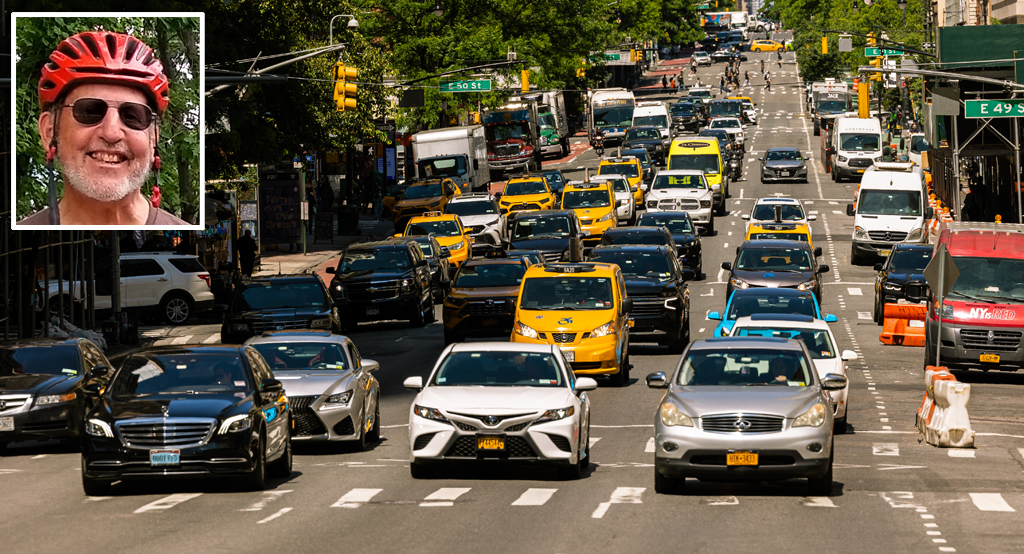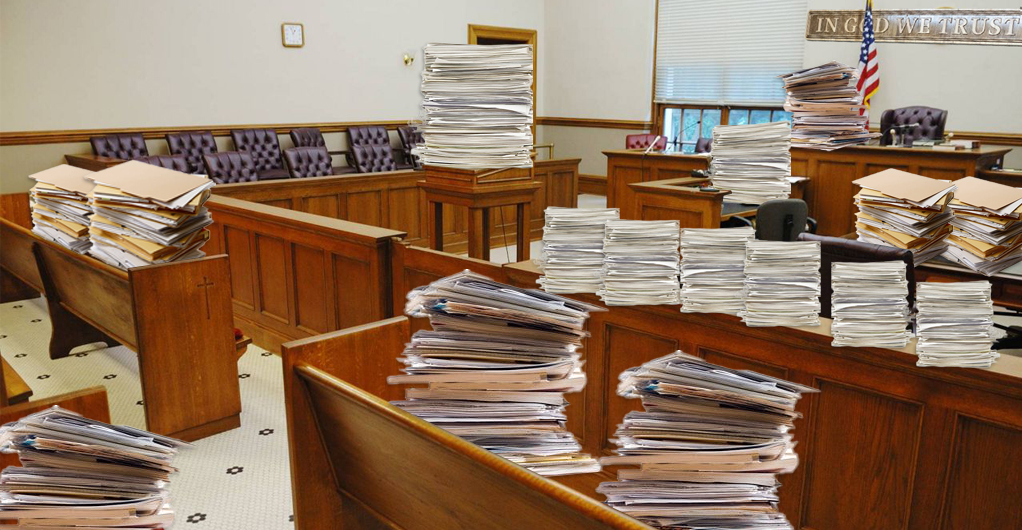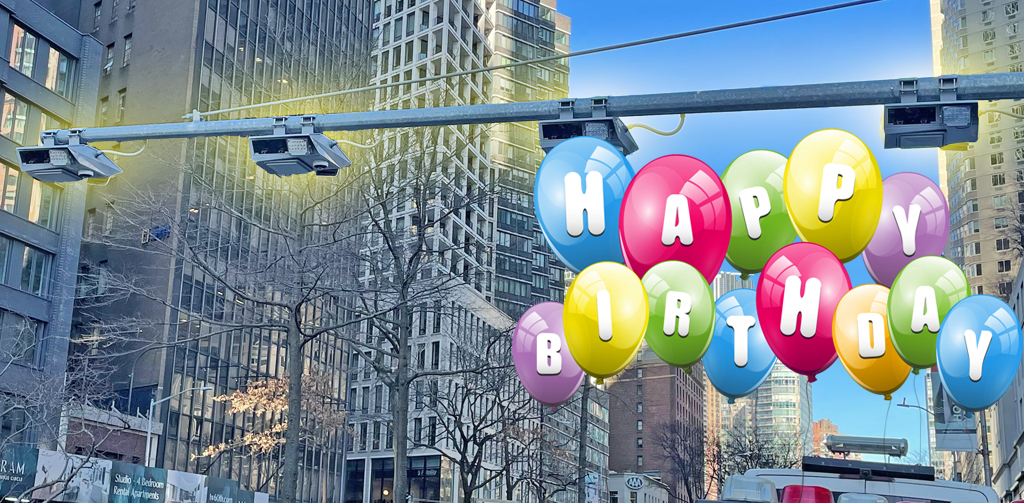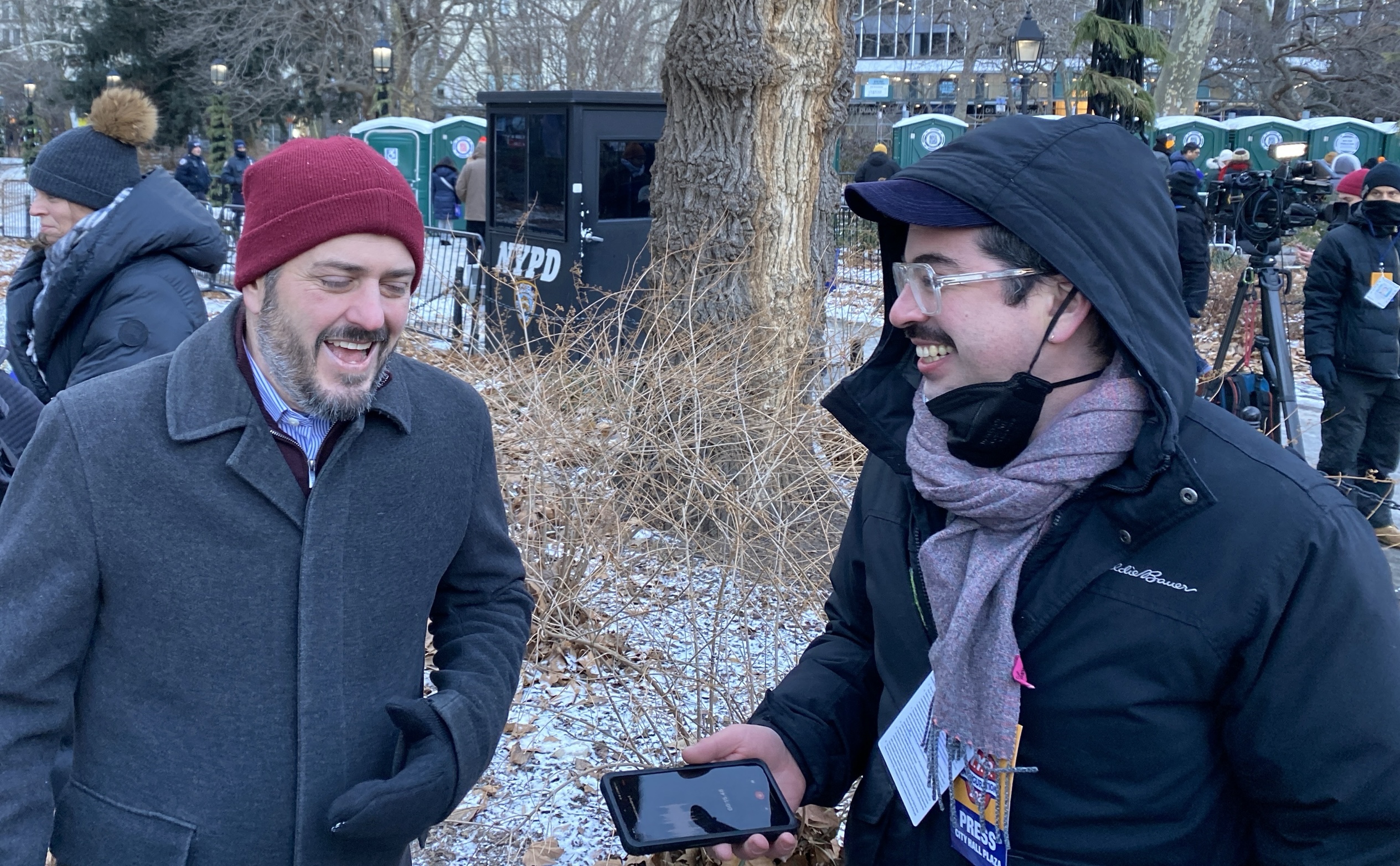To everyone asking if I'm happy w/ the TMRB's NYC #congestionpricing toll recommendations . . .
— Charles Komanoff (@Komanoff) November 30, 2023
Consider me Vincent (w/o the cigarette): https://t.co/a9n6xAWfD3
Yes, we’re happy. Very happy. “We” being everyone who has fought, organized, advocated, number-crunched and rallied again and again to bring congestion pricing, which has worked so well in Singapore, London, Stockholm and Milan, to the city where it will work its greatest wonders: New York.
- New York — workplace and laboratory of Columbia University’s Bill Vickrey, who conjured not just time-variable tolling but also electronic tolls decades before E-ZPass along with the concept of congestion-causation costs, winning him the 1996 economics Nobel.
- New York — where traffic congestion is so endemic that the average car trip into and back out of the Central Business District costs other motorists $100 in lost time.
- New York — birthplace and crucible of iconic and humane traffic guru “Gridlock” Sam Schwartz, who as a brash Lindsay-era engineer fell for congestion pricing and has never ceased evangelizing for it, not just to fellow believers but to hard-boiled tabloid editors and outer-borough skeptics from Kings Highway and Kensington to Kew Gardens and Kingsbridge.
- New York — whose Manhattan-centric mass-transit system and commuter-rail and express-bus network affords millions of CBD commuters efficient and reliable alternatives to private car travel.
- New York — birthplace of and beneficiary of limitless good works by civic titan Theodore Kheel, who helped put the congestion pricing bug in Mayor John Lindsay’s ear circa 1969 and kept advocating it until his death at age 96 in 2010, catalyzing and sponsoring my traffic modeling.
- New York — wealth-generator par excellence, where most of those who do use cars to reach the CBD derive so much value from driving that they will continue to do so even in the face of $15 peak tolls, thus ensuring that congestion pricing will enable the MTA to bond $15 billion in new transit investment, 80 percent of which will fund subway improvements whose benefits to working people will offset the occasional regressive impacts of the congestion tolls many times over.
- New York — home to the likes of Felix Rohatyn and Dick Ravitch whose vision and tenacity were channeled by Andrew Cuomo, Kathy Hochul and, now, TMRB chair Carl Weisbrod and his fellow panelists who devised a startlingly robust and, just maybe, foolproof toll plan that can satisfy the 2019 enabling legislation while delivering a city less ruined by cars and more ennobled by brilliant transit and livable streets.
Yes, that New York. Ready to look under the hood? Here’s what’s to like about the TMRB’s recommendations:
- The $15 peak toll between 5 a.m. and 9 p.m. to enter the congestion zone (Manhattan south of 60th Street). This should be more than enough to do most of the lifting needed to generate the $1 billion a year in net revenue. At one-third less than the scary $23 toll, it should take some of the wind out of opponents’ sails.
- The peak is long. Really long ― 16 hours worth on weekdays, an hour more on each end than the peak period that Gernot Wagner and I proposed this summer. Not only that, the TMRB’s $15 also applies for 12 hours, 9 am to 9 pm, on weekends and holidays. Kudos to the panel for not taking the easy way out and making those hours off-peak or even free.
- The off-peak toll is a very affordable $3.75. More taking of wind from sails.
- Uber/Lyft trips that touch the zone will pay an additional $2.50 (on top of the ongoing $2.75); taxi trips will pay $1.25 (on top of their ongoing $2.50). The combo will tack two additional percentage points onto the increase in CBD traffic speeds, raising it to around 12% from 10%, by my modeling, while generating $200 million in annual revenue. Although I opposed any new taxi surcharge, congestion pricing plus the TMRB surcharges will be better for taxi workers, as congestion pricing pushes out enough car traffic to make taxis a better bargain despite the new buck-and-a-quarter. How much better? My model says 7 percent more taxi trips. (Addendum: a senior MTA official promised today to consider discounting off-peak taxi and Uber surcharges.)
- No credit for tolls on the George, the Triboro or other “upstream” crossings. Hooray.
- No toll exemptions for private vehicles belonging to cops, firemen, court officers, teachers or other public-sector employees. Holding this line will be a battle, but the TMRB came out squarely on the right side.
Is this an amazing list? Six big bullets. And one small one: the TMRB toll structure is surprisingly easy to grasp. Yes, three toll tiers might be closer to "optimal" than two. But simplicity matters, especially in the run-up and the start. More tiers can be added down the road.
What’s not to love? Just two things:
- The meager ($5) toll credits for the four Hudson and East River tunnels. I wanted full credits, to deter toll shopping in Brooklyn and Queens, to partly defang New Jersey opposition, and, frankly, to make it easier to sell congestion pricing to China and Chiangmai and Chicago by kiboshing the specter of “$30 NY Tolls: The Horror.” The $5 credit does at least trim the max fee to $25 for drivers who use a tolled tunnel to enter the CBD.
- The TMRB’s recommended toll exemptions for “vehicles with government-issued disability license plates” are an invitation to disaster, warns Gridlock Sam, who the other day saw a California disability plate listed on eBay for just $7. Schwartz has been ringing the alarm on this fraud for a long time. Worse: city government no longer fields its disability certification unit that could have been the template. With congestion pricing’s start now slated for early next June, city and state have seven months to operationalize a system that can serve truly disabled citizens without enabling vast numbers of cheaters. They’d best get cracking.
Even with those caveats, the TMRB has hit a home run. Their plan will almost certainly clear the $1 billion a year bar with room to spare. I anticipate a double-digit rise in average CBD travel speeds, and 5 to 6 percent average gains on the hundreds of roads, bridges and other arteries that funnel cars and trucks from the hinterlands and the boroughs into the city’s core.
Because in #congestionpricing as well as baseball, it's not over till it's over. pic.twitter.com/GY9SVydrlw
— Charles Komanoff (@Komanoff) November 20, 2023
As I noted last month on Twitter, driver time savings from congestion pricing, along with straphangers’ reduced waiting for and in trains, will amount to more than twice as many hours each year as Major League Baseball spectators’ time savings nationwide from speedier games with the new pitch clock.
If we can just get Mayor Adams to chill, all that’s left is for Streetsblog's Mets-loving Dave Colon to do a testimonial from Citi Field.






